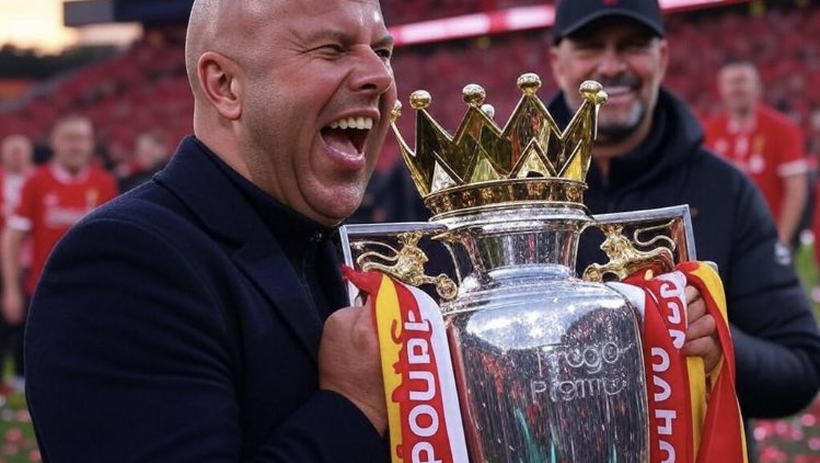
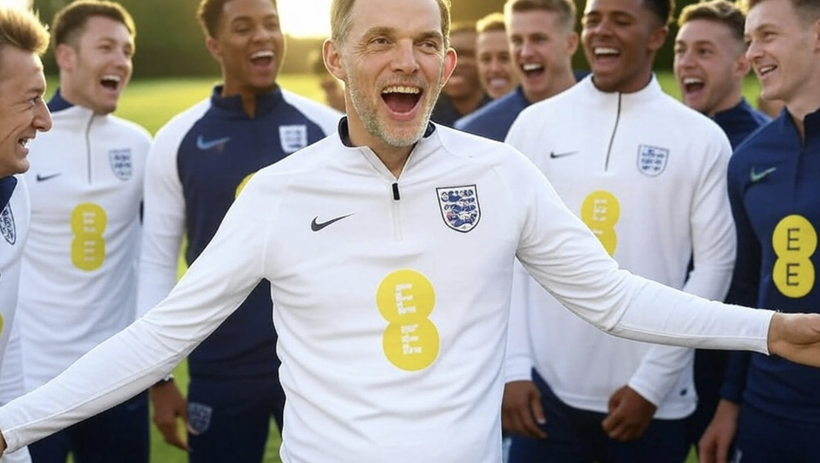

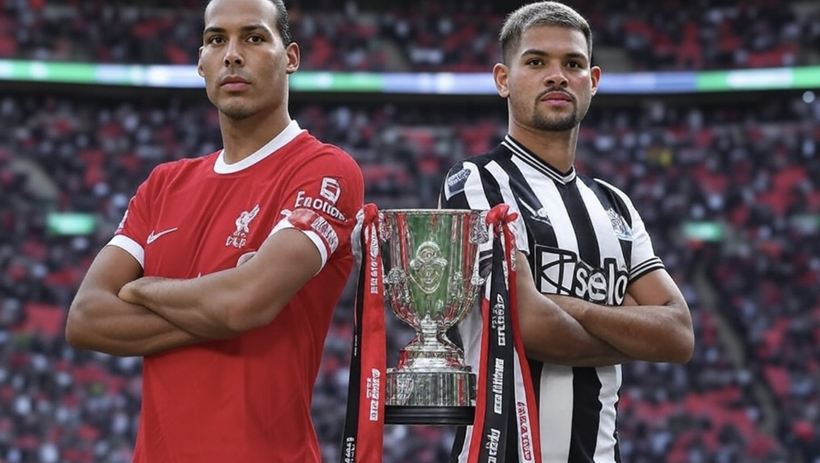
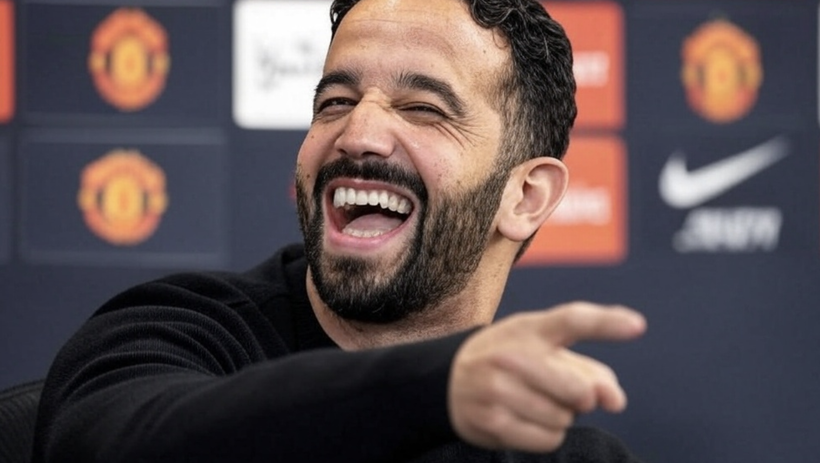
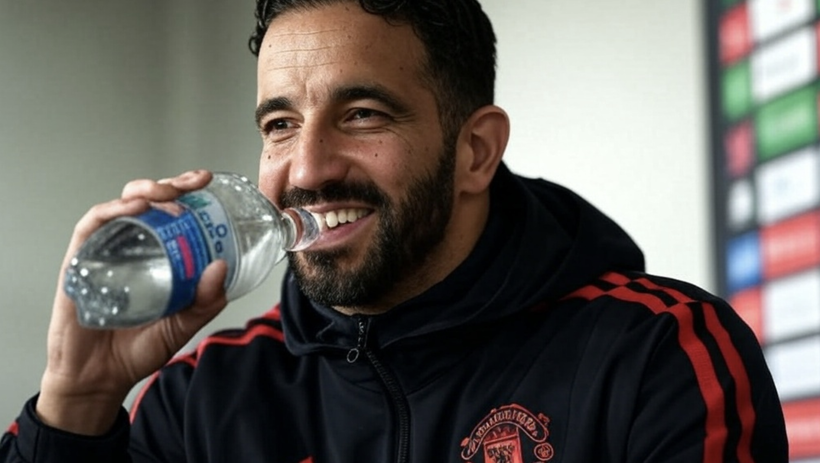
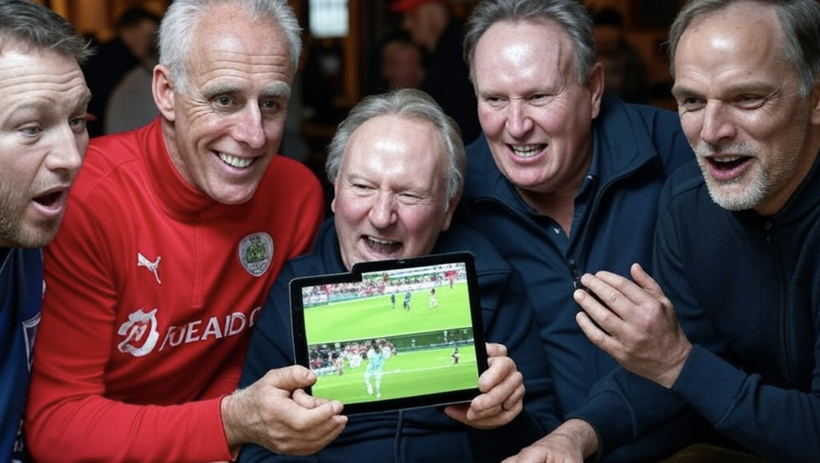
In the not-so-distant future, the north-east of England witnessed the rise of a unique and peculiar phenomenon within the footballing world, born from the most unexpected of circumstances. 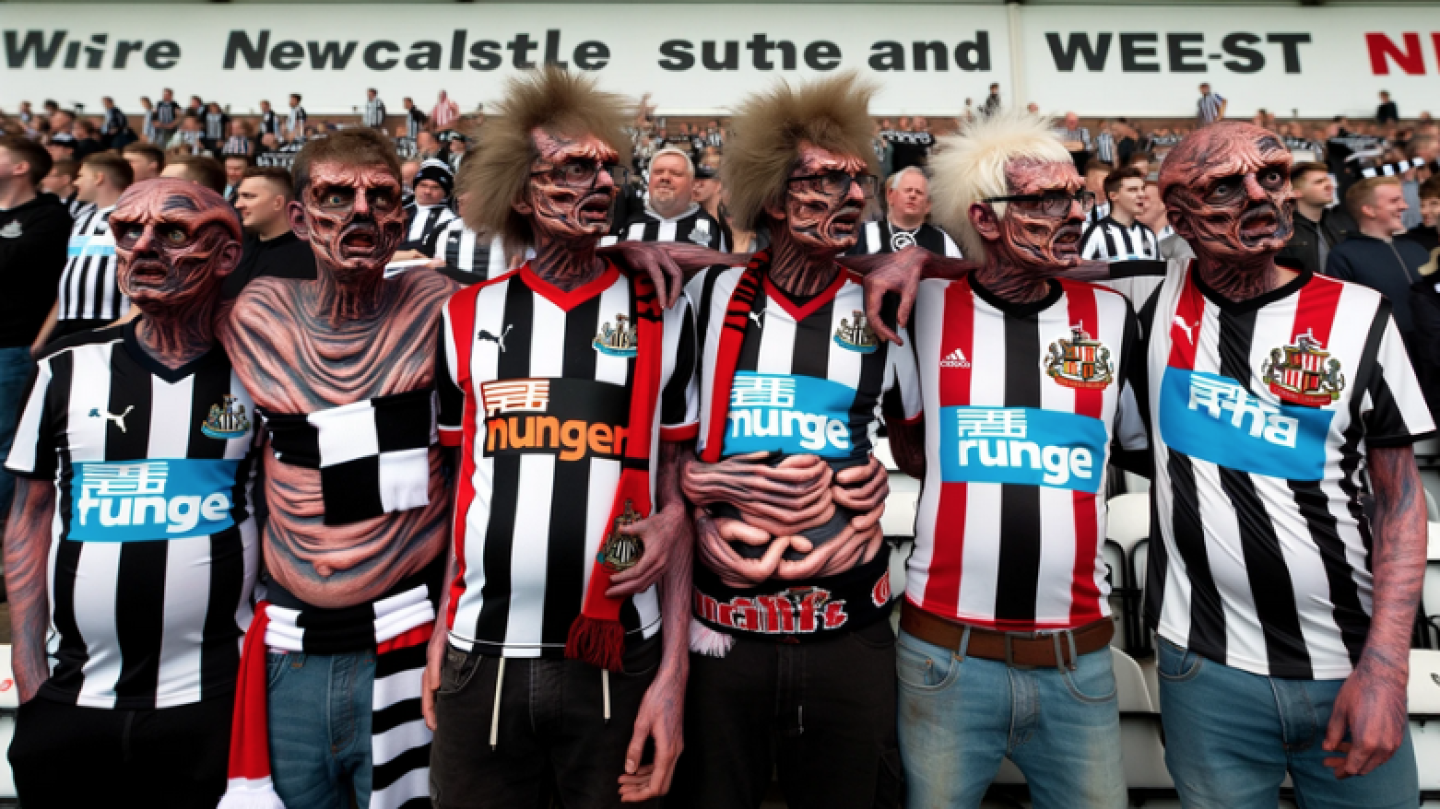 Following an ambitious attempt to combat yet another resurgence of the COVID-19 virus, the 17th iteration of the vaccine seemed to possess an unforeseen side effect, particularly among the football fanatics of Tyne and Wear. This group of ultra fans, later dubbed the "Tyne and Weirdies," experienced a radical alteration in their fan allegiance due to a slight genetic hiccup induced by the vaccine.
Following an ambitious attempt to combat yet another resurgence of the COVID-19 virus, the 17th iteration of the vaccine seemed to possess an unforeseen side effect, particularly among the football fanatics of Tyne and Wear. This group of ultra fans, later dubbed the "Tyne and Weirdies," experienced a radical alteration in their fan allegiance due to a slight genetic hiccup induced by the vaccine.
The Tyne and Weirdies found themselves in a bewildering state of dual loyalty, passionately supporting both Sunderland AFC and Newcastle United—two clubs historically divided by one of English football's most intense rivalries. This peculiar shift in allegiance left traditional fans of either side both bemused and slightly horrified, as the very fabric of football fandom in the region seemed to unravel.
Despite the confusion, the Tyne and Weirdies embraced their newfound identity with an 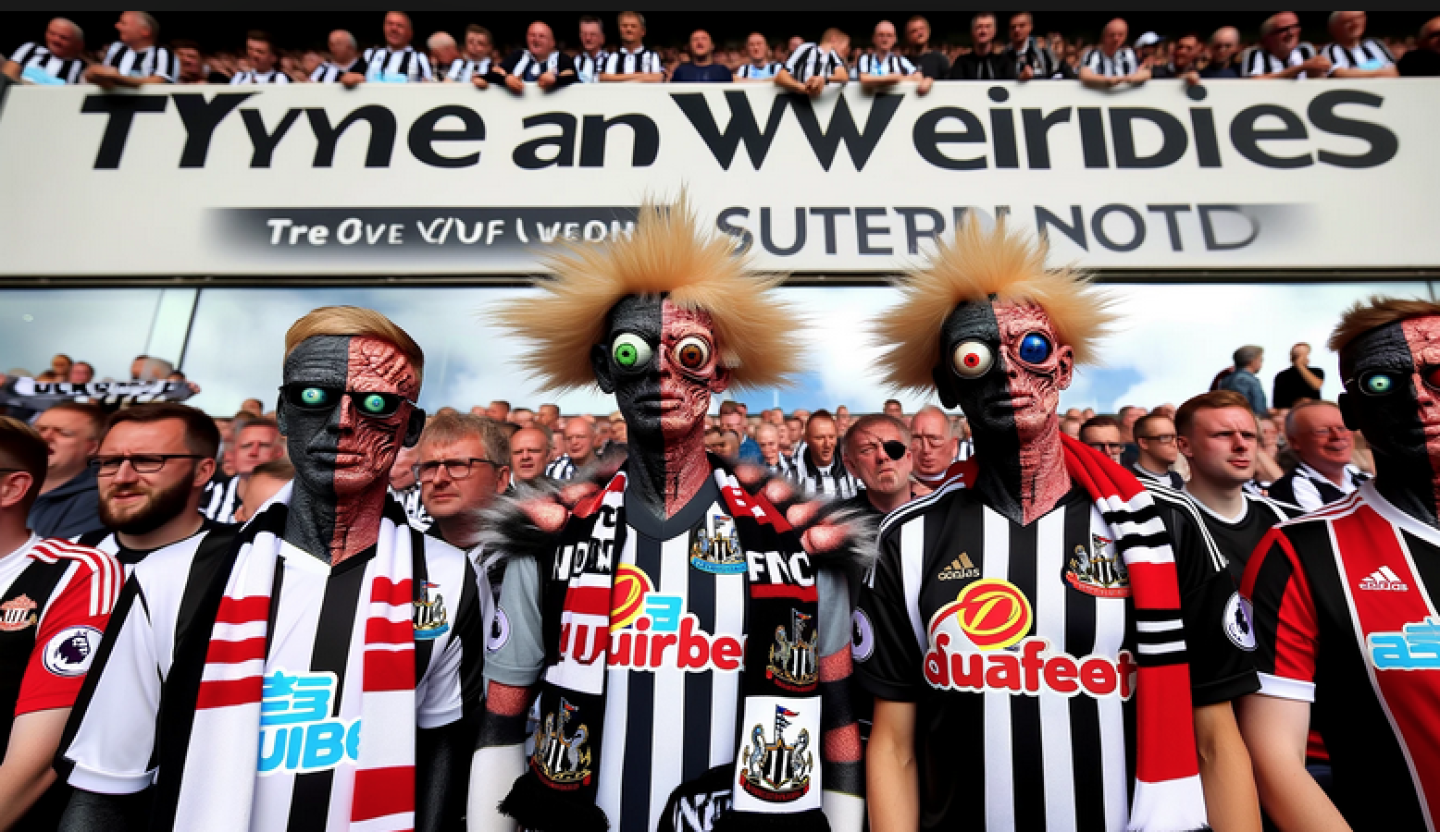 infectious enthusiasm. Each weekend, they would alternate between the Stadium of Light and St. James' Park, donning a half-and-half scarf that was as much a symbol of their unity as it was a fashion faux pas in the eyes of the footballing purists. Their presence at matches became a spectacle in itself, as they cheered indiscriminately for goals, tackles, and even the halftime pie with a zeal that was both admirable and slightly concerning.
infectious enthusiasm. Each weekend, they would alternate between the Stadium of Light and St. James' Park, donning a half-and-half scarf that was as much a symbol of their unity as it was a fashion faux pas in the eyes of the footballing purists. Their presence at matches became a spectacle in itself, as they cheered indiscriminately for goals, tackles, and even the halftime pie with a zeal that was both admirable and slightly concerning.
Though shunned by the 'normal' fans for their unconventional support, the Tyne and Weirdies carved out a niche for themselves, turning heads and raising eyebrows wherever they went. 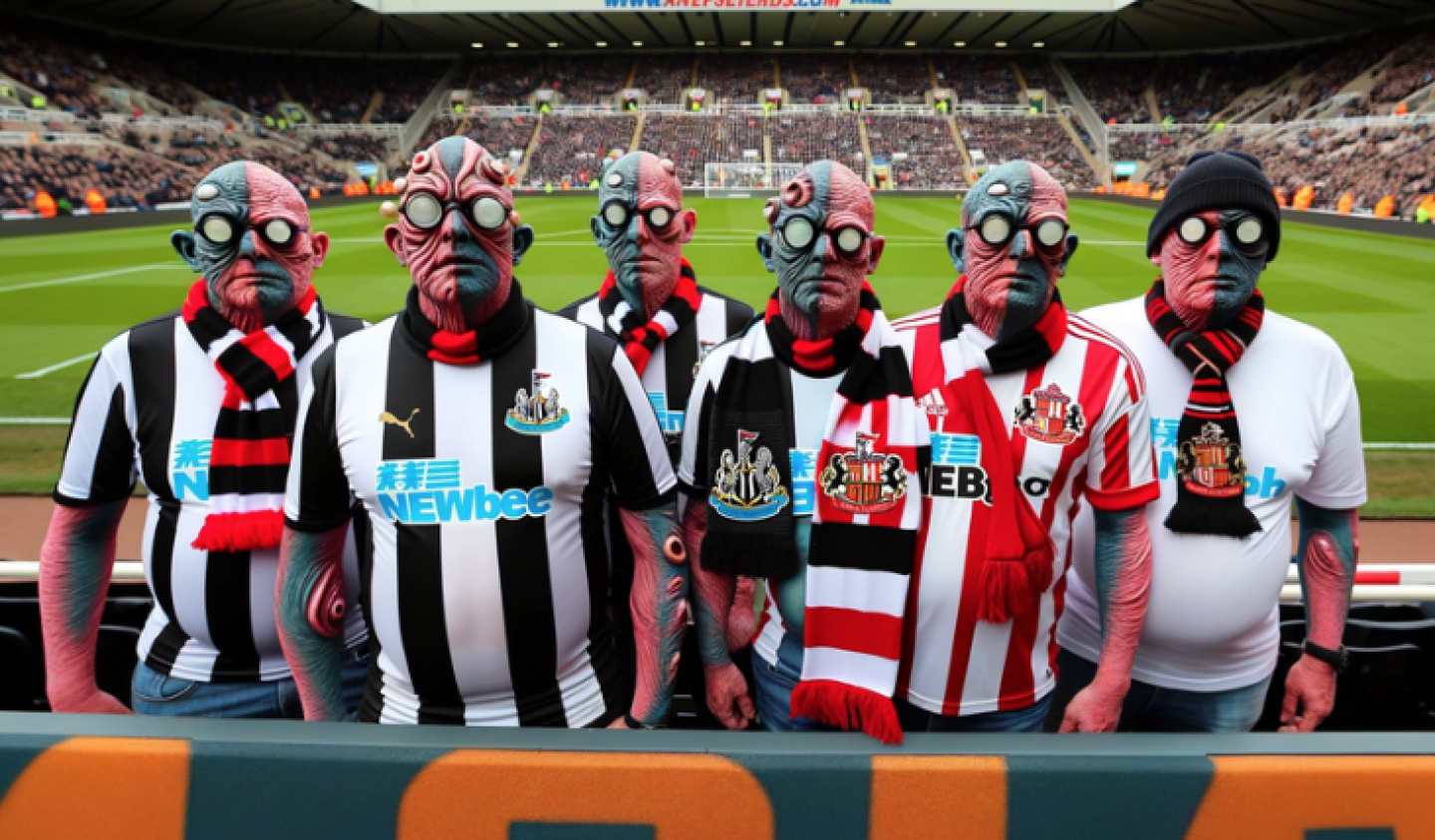 Their story became a curious footnote in the annals of football history, a testament to the unpredictable and often humorous ways in which the beautiful game can bring people together, even in the most bizarre circumstances. In the end, the Tyne and Weirdies were not just fans; they were a living, breathing, cheering reminder that in football, as in life, sometimes you just have to roll with the punches—even if it means rooting for your rival next Saturday.
Their story became a curious footnote in the annals of football history, a testament to the unpredictable and often humorous ways in which the beautiful game can bring people together, even in the most bizarre circumstances. In the end, the Tyne and Weirdies were not just fans; they were a living, breathing, cheering reminder that in football, as in life, sometimes you just have to roll with the punches—even if it means rooting for your rival next Saturday.